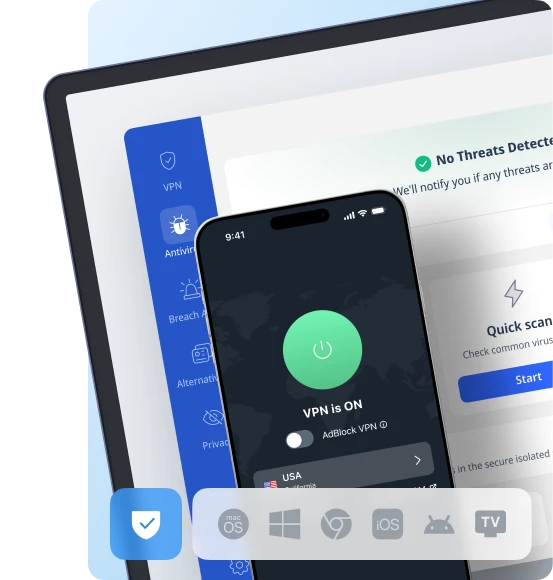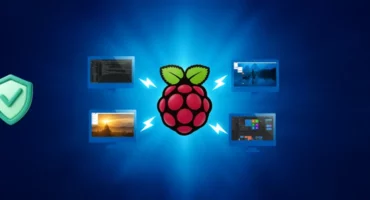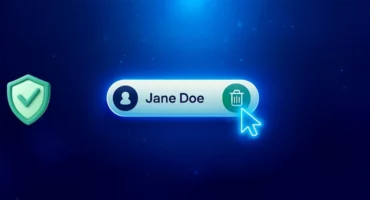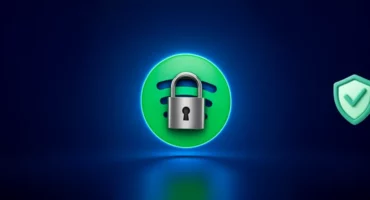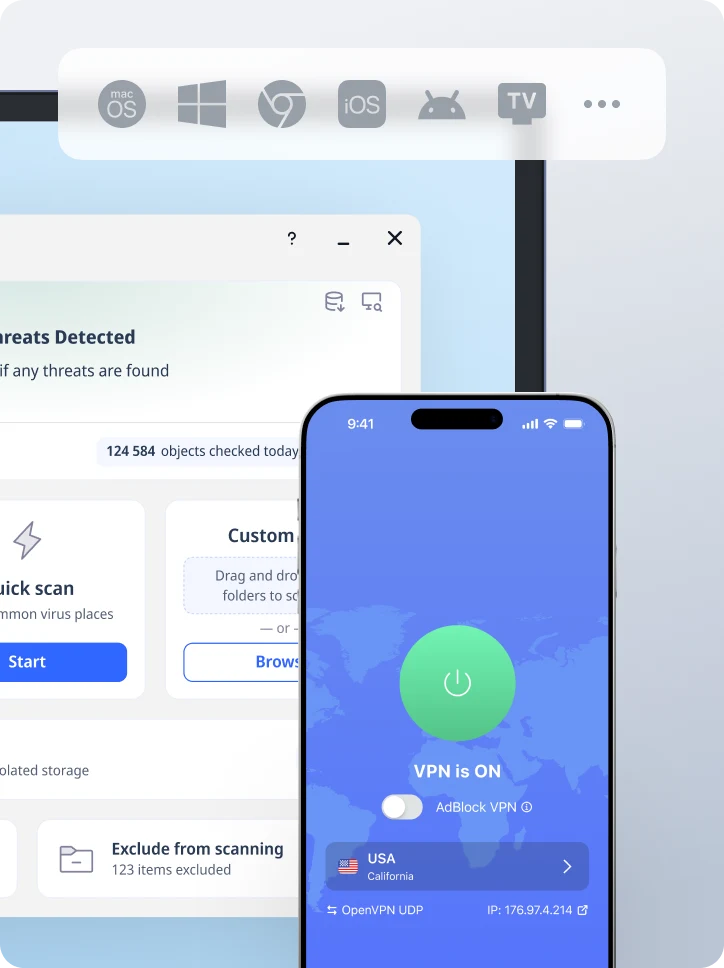What Is a Zero-Day Threat? Understanding the Risks and How to Protect Yourself
From the dawn of time, humanity has feared the unknown. Shadows in the dark, uncharted oceans, unexplored galaxies—all evoke a sense of vulnerability. In the digital age, this primal fear finds a new form: zero-day threats, unseen vulnerabilities that lurk in our software, waiting to be exploited before anyone knows they exist. Just as ancient sailors prepared for monsters they might never encounter, modern users must fortify themselves against these elusive digital dangers. Let’s uncover the mystery of what a zero-day threat is and arm yourself with the tools to face the unknown.
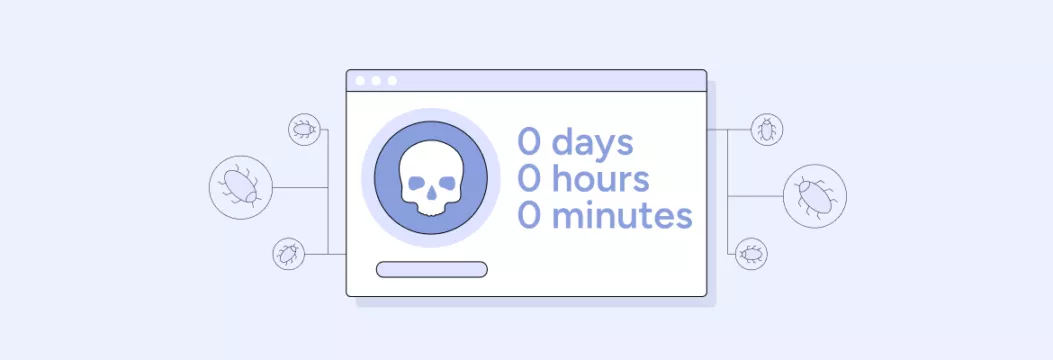
What is a zero-day threat?
A zero-day threat is a software vulnerability which a software developer or company using it is not aware of. These emerging threats are extremely dangerous because hackers discover these security vulnerabilities before the developers even realize these threats exist. As a result, vendors have no time to create and deploy a security patch (read, have zero days to address the issue), leaving users vulnerable until a solution is provided. But what is so special about these cyber threats?
Why are zero-day threats so dangerous?
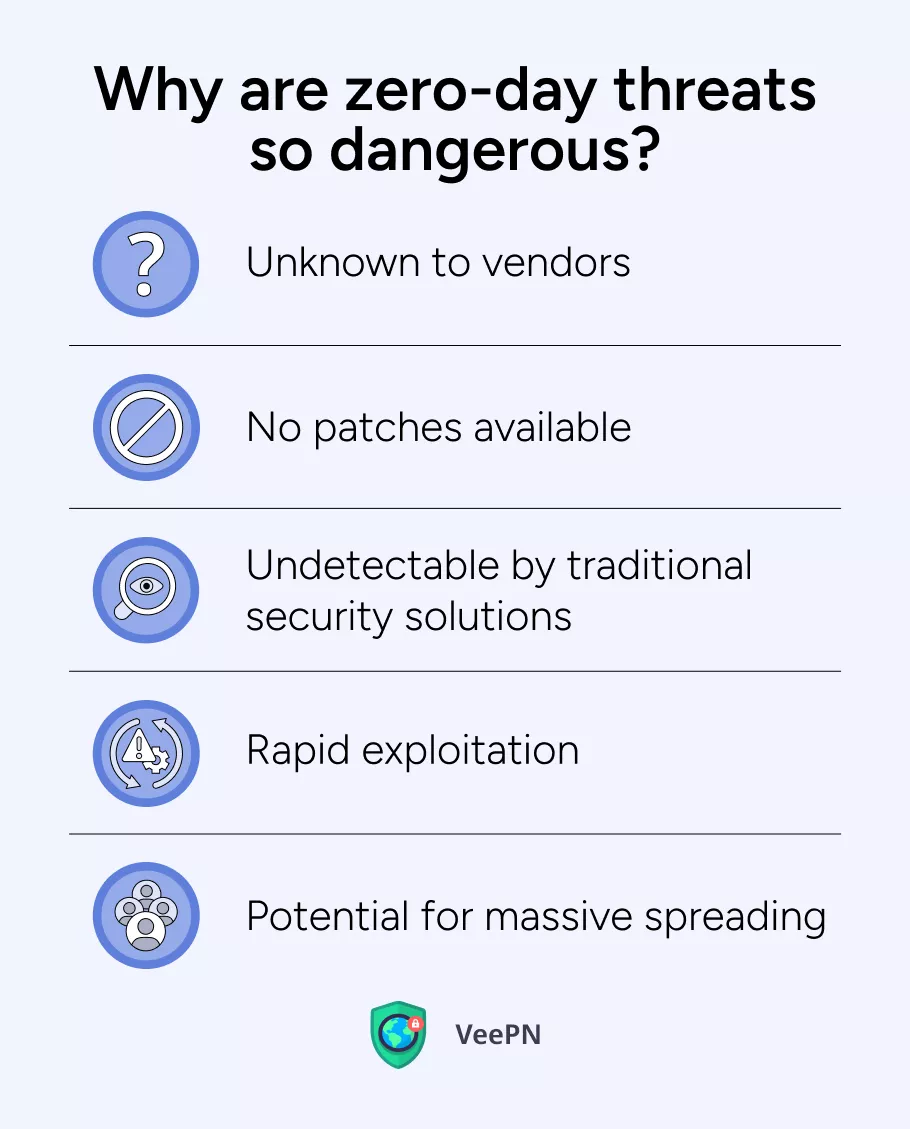
There are numerous sound reasons why zero-day threats can be so dangerous:
🕛Unknown to vendors: These security gaps are unknown to the software providers, they are left unnoticed, so that attackers can use them.
🕛No patches available: Once nobody knows about the risk, software vendors cannot release a relatable security update.
🕛Undetectable by traditional security solutions: Cybersecurity tools cannot see these threats as they don’t look like something abnormal or dangerous.
🕛Rapid exploitation: Hackers act fast to exploit zero-day vulnerabilities, which is why it’s hard to prevent the attack in advance.
🕛Potential for massive spreading: As soon as the attack successfully hits the target, it can spread to other networks, thereby creating security problems on a large scale.
To understand the impact a zero-day threat can make, let’s overview two greatest zero-day exploits in history: Stuxnet virus and WannaCry ransomware attack.
Stuxnet
Stuxnet, an extremely sophisticated virus, targeted Iran’s nuclear infrastructure to stop uranium enrichment program run by the Iranian government. Stuxnet exploited several zero-day vulnerabilities in Microsoft Windows operating system to affect the controls of various machinery such as centrifuges. The virus’ precision and stealth led the attackers to damage the hardware without being detected for months and hinder the country’s nuclear program.
WannaCry
WannaCry was a ransomware attack that happened in May 2017. It exploited a zero-day vulnerability in Windows devices. It infected numerous devices in 150 countries by encoding files and blackmailing users to pay ransom in Bitcoin.
How do zero-day threats occur?
Let’s discuss the entire lifecycle of a typical zero-day threat:
Lifecycle of a zero-day attack exploit
- Discovery: Vulnerabilities are identified through various methods, including:
- Software code audits: Review of a source code to detect the most basic vulnerabilities.
- Penetration testing: Attack testing to check whether vulnerabilities are real.
- Bug bounty programs: Participation of ethical hackers to detect any other risks.
- Exploitation: Hackers develop and use these vulnerabilities to start the attack with:
- Malicious apps to gain access a particular computer or network.
- Spreading ransomware that encrypts files and demands a ransom to restore access to your device and files.
- Sending phishing emails and text messages to trick users into sharing sensitive information.
- Patch release: As soon as software developers detect the vulnerability, they release security updates to prevent this security gap from causing damage.
How hackers detect security gaps
There are several ways how hackers can identify a zero-day vulnerability:
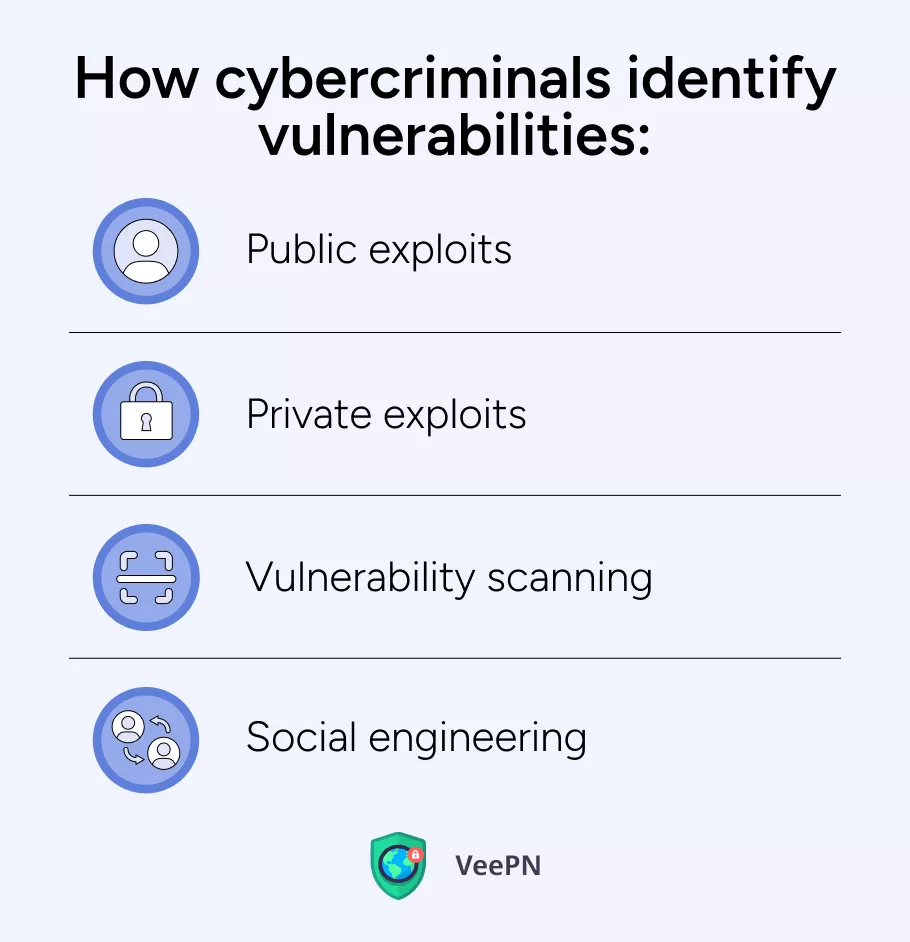
🔎Public leaks: Many vulnerabilities become available because they have been leaked, and this information has become public.
🔎Private leaks: Information about a vulnerable system is often shared amongst hacker communities or sold at dark web marketplaces.
🔎Vulnerability detection: Hackers use vulnerability scanning solutions to detect gaps in systems and platforms.
🔎Social engineering and phishing: Cybercriminals use manipulative tactics to trick you into revealing vulnerabilities and grant access to your device.
How to ensure zero-day attack prevention
To prevent zero-day attacks, consider these crucial practices:
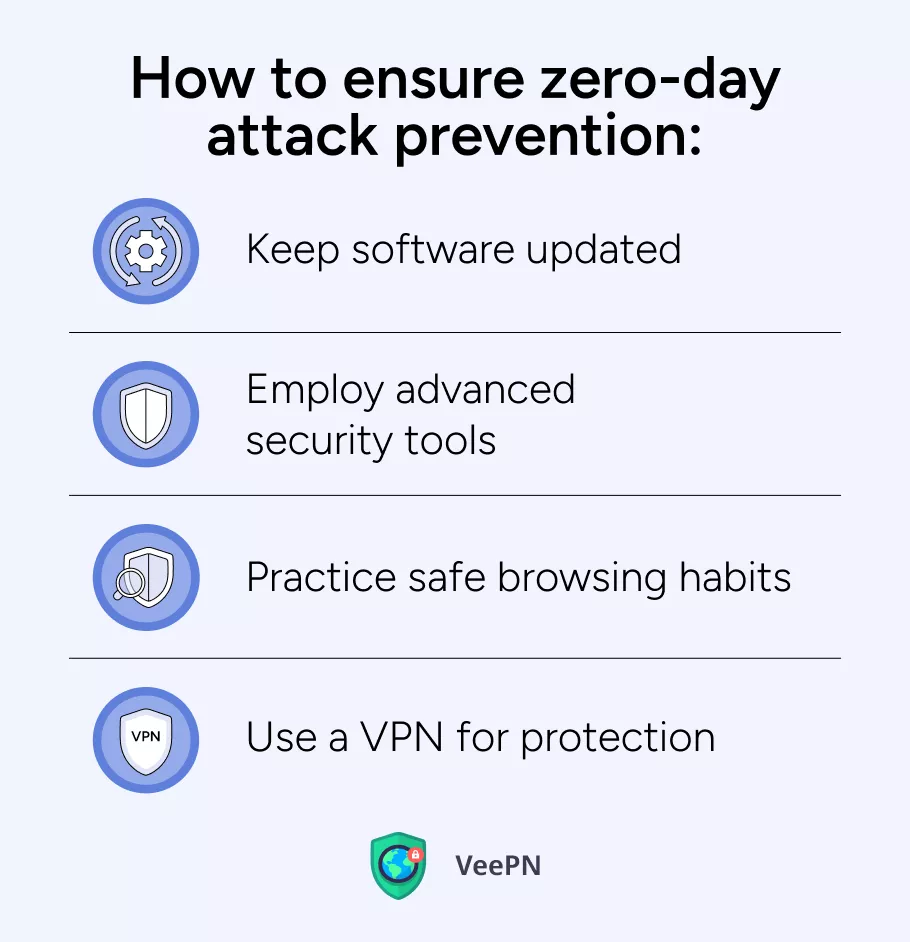
👍 Update your software: Update all your apps from time to time to make sure you have the latest security protection your software can offer at the moment.
👍Use advanced security tools: Install reliable security software such as antivirus that can offer threat detection in real time.
👍Browse the web carefully: Be careful about what sites you visit and avoid clicking on suspicious links or downloading strange files.
👍Use a VPN for protection: A virtual private network (VPN) encrypts your Internet traffic and masks your IP address, so that attackers cannot reach you because they simply won’t be able to see what you’re doing online. However, we need to warn you against free VPNs, as they often lack essential security features. Instead, consider trying VeePN as a premium solution.
Choose VeePN for zero-day exploit protection
🛡️Military-grade encryption: VeePN uses a top-notch encryption protocol to secure your personal information. This encryption standard disables hackers to attack you as they won’t be able to read a word of your sensitive information.
🛡️NetGuard: This feature blocks malware to protect your device.
🛡️Device compatibility: VeePN is compatible with a wide range of devices from iOS and Android to PlayStation and WiFi routers.
🛡️No Logs policy: We don’t collect your personal information for commercial purpose.
🛡️Breach Alert: Receive alert notifications if your data has been leaked, so you can take immediate action to protect it and create a backup.
VeePN is an all-in-one cybersecurity app that also offers full-fledged antivirus software and Alternative ID feature to protect your privacy online and mitigate numerous security risks. Get VeePN today to secure up to 10 devices with one subscription and enjoy a 30-day money back guarantee!
FAQ
The biggest zero-day threat for today is the 2021 Log4Shell vulnerability that is focused on the popular Log4j logging library and lets hackers spread malicious code remotely. Read about other notable cases of zero-day threats in this article.
The most common signs of a zero-day attack may include unusual system behavior, system crashes, and data breaches. Cybersecurity experts often identify zero-days through forensic research, malware reverse engineering, or by tracing attack patterns “in the wild”.
A VPN app can’t directly defend you against zero-day exploits, as its primary goal is to encrypt Internet traffic and protect it from interception by third parties. Nevertheless, it can reduce risks by hiding your IP address and securing your connection on public WiFI hotspots. To shield yourself against zero-day attacks, you need a serious cybersecurity plan that involves updated software, intrusion detection tools, and endpoint software.
VeePN is freedom
Download VeePN Client for All Platforms
Enjoy a smooth VPN experience anywhere, anytime. No matter the device you have — phone or laptop, tablet or router — VeePN’s next-gen data protection and ultra-fast speeds will cover all of them.
Download for PC Download for Mac IOS and Android App
IOS and Android App
Want secure browsing while reading this?
See the difference for yourself - Try VeePN PRO for 3-days for $1, no risk, no pressure.
Start My $1 TrialThen VeePN PRO 1-year plan
